A Boeing whistleblower claimed the aerospace giant had fired its quality control inspectors and trusted mechanics shortly before he was found dead in South Carolina on Saturday.
John Barnett, 62, was found with a ‘self-inflicted’ gunshot wound in Charleston, where he had been in the middle of depositions in a retaliation case related to the production of the 787 Dreamliner aircraft.
The Charleston Police Department said it left a suicide note in his vehicle, as revealed by DailyMail.com. The contents of the memo have not yet been disclosed.
Just months earlier, in a January appearance on TMZ, he warned that Boeing’s 737s were being put into the air too soon after the Alaska Airlines near-tragedy in mid-air.
Barnett argued that the incident involving the panel was indicative of something bigger — and something alleged in his lawsuit against the company: Boeing turned a blind eye to safety concerns to boost their bottom line.
“Back in 2012, Boeing started removing inspection operations from their jobs… So that left the mechanics to buy their own work off.” he told TMZ’s Charles Latibeaudiere and Harvey Levin, recalling his time as a quality supervisor at Boeing’s South Carolina plant, which made mostly 787s.
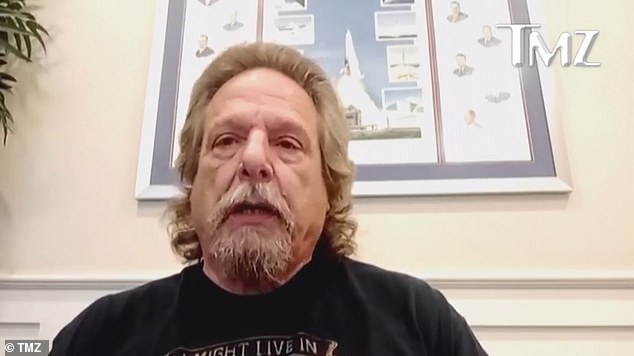
Boeing whistleblower John Barnett claimed the aerospace giant had fired its quality control inspectors and relied on mechanics shortly before he was found dead on Saturday
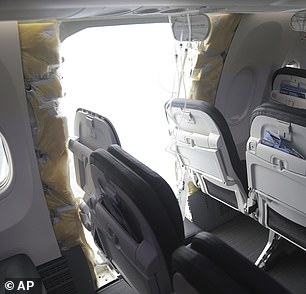

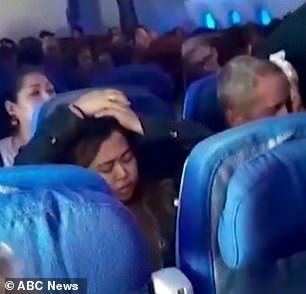

Barnett said he had issues with how Boeing was handling its production of its 737s and 787s in particular, days after a door stopper blew out on a 737 blew out at 16,000 feet


In January, Barnett explained why he believed both models were ticking bombs, as both incidents remain under investigation
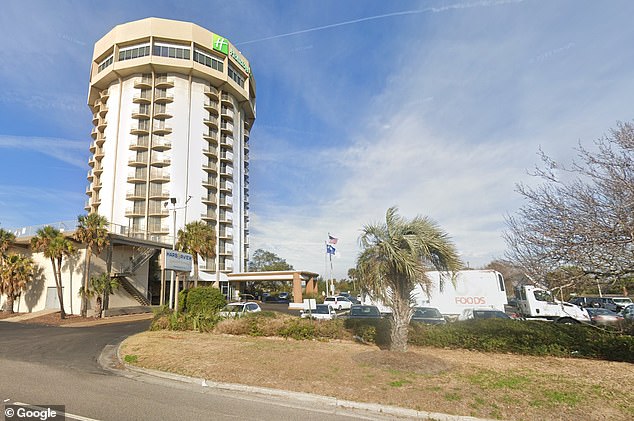

Barnett was found dead inside his truck Saturday in the parking lot of a Holiday Inn in Charleston, pictured above
Barnett added: “What we’re seeing with the door plug blowout is what I’ve seen with the rest of the aircraft in terms of tasks not being done correctly, inspection steps being removed, problems being ignored.
‘My concern is with the 737 and 787 because these programs have really embraced the theory that quality is overhead and not value added.
“I know the FAA is going in and doing due diligence and inspections to make sure the door latch on the 737 is installed properly and the fasteners are stored properly,” he said, citing the parts likely to have played a role in the incident .
“But my concern is, “What is the rest of the plane? What’s the condition of the rest of the plane?”
Barnett’s suit against Boeing alleged that vacuum workers knowingly fitted ‘substandard’ parts to Boeing 787s and that brass swept errors under the carpet to save money.
It also emerged Monday that an FAA review found Boeing had failed 33 of 89 product audits performed.
Boeing lost $4 billion in value overnight following the news of Barnett’s death and the FAA audits.
Shares fell more than 4 percent on Tuesday morning to 184 as the airline’s stock fell to a five-month low.
It follows weeks of scandal since a door stopper blew out on an Alaska Airlines flight on Jan. 5. Since then, Boeing’s value has risen from $150 billion to $112 billion.
Barnett had spoken to the media after the Jan. 5 incident on a Boeing 737 MAX 9 plane, when a panel blew out while the flight was airborne, exposing passengers to the outside air that required an emergency landing.
Boeing has since had to reckon with a complete crisis around its safety and quality standards.
Its production has been slowed by US regulators, leading to delivery delays across the aerospace industry.
Shares of Southwest Airlines also fell 13 percent after the company said it would limit its capacity plans and reassess financial forecasts for this year.
Southwest said Tuesday that Boeing informed them it would take delivery of 46 Boeing 737 Max 8 planes this year, down from the 58 originally planned.
The first few months of the year have been full of scandals involving Boeing, including several frightening mid-air near-tragedies, starting with the Alaska Air incident in January, in which a panel blew off mid-flight.
On Thursday, a wheel fell off a Boeing 777-200 shortly after takeoff in San Francisco.
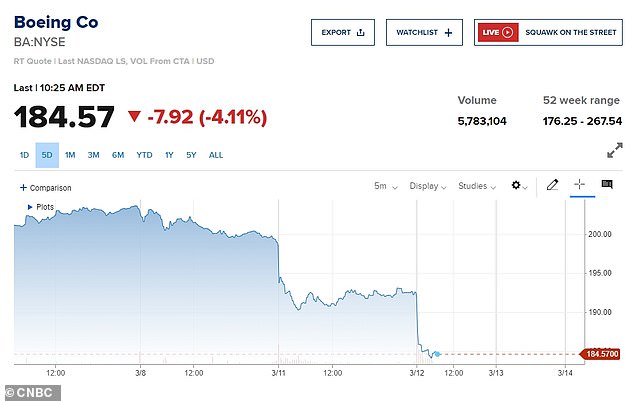

Shares fell more than 4 percent Tuesday morning as the aerospace giant’s stock fell to a five-month low on news late Monday that John Barnett was found dead in a hotel parking lot in Charleston, SC, on Sunday
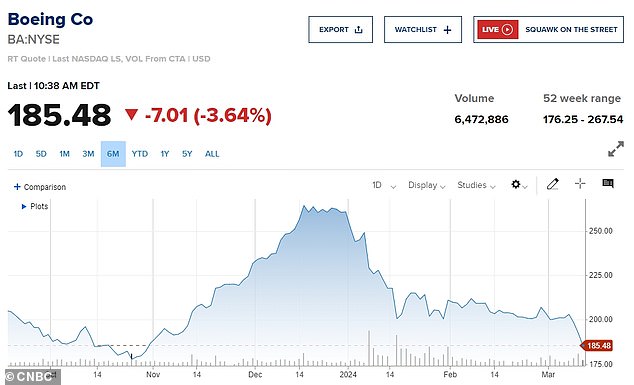

Since a door stopper blew out on an Alaska Airlines flight on January 5, Boeing’s value has risen from $150 billion to $112 billion.
The 256-pound wheel fell from a United Airlines plane shortly after takeoff and crushed cars parked below after it plummeted to the ground.
On Monday, just days before the wheel incident, a 737 engine caught fire mid-flight.
The terrifying incident occurred just minutes into a United Airlines flight bound for Fort Myers, Florida.
Video taken from a passenger window shows white-hot flashes streaming from the 737’s jet engine.
Earlier this week, the head of the National Transportation Safety Board accused Boeing of failing to provide some key information sought in its ongoing investigation into the Alaska Air cabin door.
NTSB Chair Jennifer Homendy said investigators have sought the names of the 25 people working on door stoppers at a Boeing facility in Renton, Wash., but have not received them from Boeing.
“It’s absurd that two months later we don’t have it,” Homendy said at a Senate Commerce Committee hearing Wednesday.
Boeing insisted that it had initially given the NTSB some of the names of Boeing employees, including door specialists, who were believed to have relevant information.
Senator Ted Cruz, the top Republican on the Commerce Committee, called it ‘completely unacceptable’ that the NTSB did not receive full cooperation from Boeing.
Homendy also confirmed that the MAX 9 door plug had moved during previous flights, citing markings on the door.
